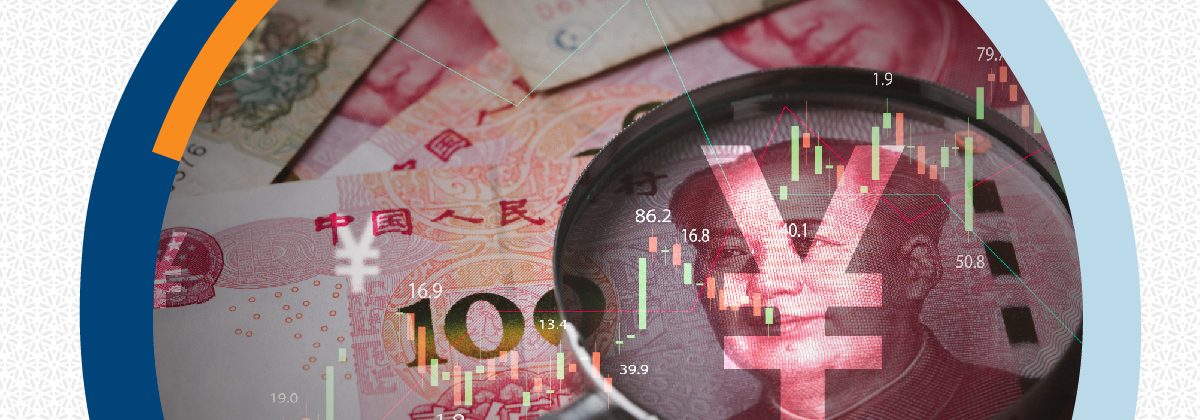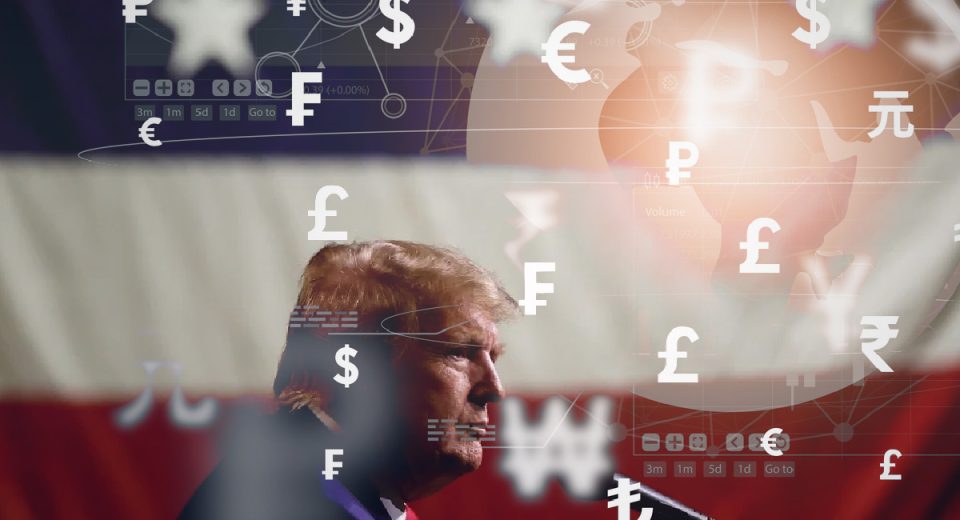How China’s Central Bank Policies Impact Yuan Trading

After soaring more than 8% in 2021, the yuan has been on a downtrend. The Chinese currency ended in the red in each of the months in the first half of 2024. While China has been struggling to grow its economy, the US economy has exhibited resilience, allowing the Federal Reserve to hold interest rates higher for longer. This differential has hit the CNY/USD forex pair hard. This is due to capital outflows into the higher-yielding US dollar and speculations of the People’s Bank of China (PBOC) allowing the yuan to depreciate to make exports more attractive. Will China’s regulators step up and give support to the yuan?
PBOC Interventions in the Forex Market
Major currencies, including the US dollar, euro, British pound, and Japanese yen, are free floating. This means the value of these currencies depends on their demand and supply in the global forex market. For such currencies, the central banks have only one instrument to influence their value, which is their benchmark interest rates. They hike interest rates to attract foreign investments, which increases the demand for their domestic currency and causes an appreciation in its value. Central banks cut interest rates to have the opposite effect.
The yuan is not free floating. China uses a managed float exchange rate, also known as a dirty float. This means the PBOC fixes a part of its value to limit fluctuations in the yuan in the forex market.
How Managed Float Works
The Chinese central bank releases a reference rate during every forex trading session, known as the “midpoint” in forex parlance. The real-time exchange rate can move 2% in any direction from this reference rate. The value of the currency at the time of closing determines the following day’s fixing. If the currency closes with a significant decline, the central bank lowers the fixing to prevent forex traders from receiving strong evidence of the weakening of the currency. To maintain stability in the forex market, the PBOC intervenes only when the yuan approaches the limits of the tradeable band. It may buy/sell the currency or take other measures, such as issuing guidance to financial market participants.
At times, market sentiment may impact the currency and make it move more than the permitted limit. For instance, during the second quarter of 2024, reports of the US economy’s continued resilience hit the CNY/USD forex pair hard, forcing Chinese regulators to significantly lower the yuan’s midpoint.
Moral Suasion
Following the steep and continued downturn in the CNY/USD forex pair, China resorted to moral suasion. PBOC and the State Administration of Foreign Exchange (SAFE) covertly guided Chinese banks to stop betting against the home currency. Even retail CNY/USD traders could feel the impact of this “window guidance,” as every time the yuan hit the lower end of the permitted band, Chinese banks would release their US dollar holdings or buy the yuan. This prevented the yuan from a much steeper downtrend.
Quantitative Easing
The PBOC announced plans to make treasury bond purchases in June 2024. Government bond purchases increase liquidity in the financial system, which gives banks more freedom to lend or invest, thereby stimulating economic growth and supporting the currency.
This statement was welcomed by investors and traders but is a long shot. Meanwhile, the PBOC seems reluctant to hike interest rates to support the yuan, as this would exert further pressure on its economic growth. In February 2024, the PBOC cut its 5-year loan prime rate (LPR) by 25bps to 3.95%, to stimulate the home mortgage market, but kept the 1-year corporate LPR unchanged at 3.45%. The central bank held both rates unchanged at its meeting in June.
What Could Support the Yuan?
The move in favour of de-dollarisation (reducing the dominance of the US dollar) could support the yuan. The freezing of Russia’s US dollar accounts, following its attack on Ukraine, forced the country to look for other currencies for its international trade. Russia was happy to adopt the yuan, not just for trading with China, but also to trade with other nations. For instance, India makes yuan payments for its imports of crude from Russia. Other counties, which have estranged relationships with the US, are resorting to such moves as well.
Trading CNY/USD
Trading the yuan can be exciting. It’s important for forex traders to stay abreast of China’s policies, which can be done with the help of the economic calendar. Any changes in the US Federal Reserve’s monetary policy will also impact the CNY/USD forex pair. Here are a few things forex traders must watch:
- PBOC’s daily midpoint fixing.
- Government’s bond purchases.
- PBOC’s and Fed’s interest rate decisions.
- China’s GDP growth and balance of trade.
- Foreign investments in the economy.
- China’s geopolitical situation (especially since the country has strained relations with many major economies).
Forex traders can take advantage of a falling yuan. Forex CFDs present opportunities in both rising and falling markets. The most popular forex pairs that include the yuan are USD/CNY, EUR/CNY, GBP/CNY, AUD/CNY, CAD/CNY, and JPY/CNY.
To Sum Up
- The yuan has been declining steadily versus the US dollar.
- The yuan is not a free-floating currency. Chinese authorities fix a part of its value, which impacts the forex markets.
- The PBOC can issue guidance to Chinese banks to release their US dollar holdings or buy the yuan to support the currency.
- China is contemplating buying treasury bonds to support the yuan.
- Forex traders must watch the PBOC’s reference rate and other policy changes.
- CFD trading allows forex traders to explore opportunities in both rising and falling markets.
Disclaimer:
All data, information and materials are published and provided “as is” solely for informational purposes only, and is not intended nor should be considered, in any way, as investment advice, recommendations, and/or suggestions for performing any actions with financial instruments. The information and opinions presented do not take into account any particular individual’s investment objectives, financial situation or needs, and hence does not constitute as an advice or a recommendation with respect to any investment product. All investors should seek advice from certified financial advisors based on their unique situation before making any investment decisions in accordance to their personal risk appetite. Blackwell Global endeavours to ensure that the information provided is complete and correct, but make no representation as to the actuality, accuracy or completeness of the information. Information, data and opinions may change without notice and Blackwell Global is not obliged to update on the changes. The opinions and views expressed are solely those of the authors and analysts and do not necessarily represent that of Blackwell Global or its management, shareholders, and affiliates. Any projections or views of the market provided may not prove to be accurate. Past performance is not necessarily an indicative of future performance. Blackwell Global assumes no liability for any loss arising directly or indirectly from use of or reliance on such information here in contained. Reproduction of this information, in whole or in part, is not permitted.




